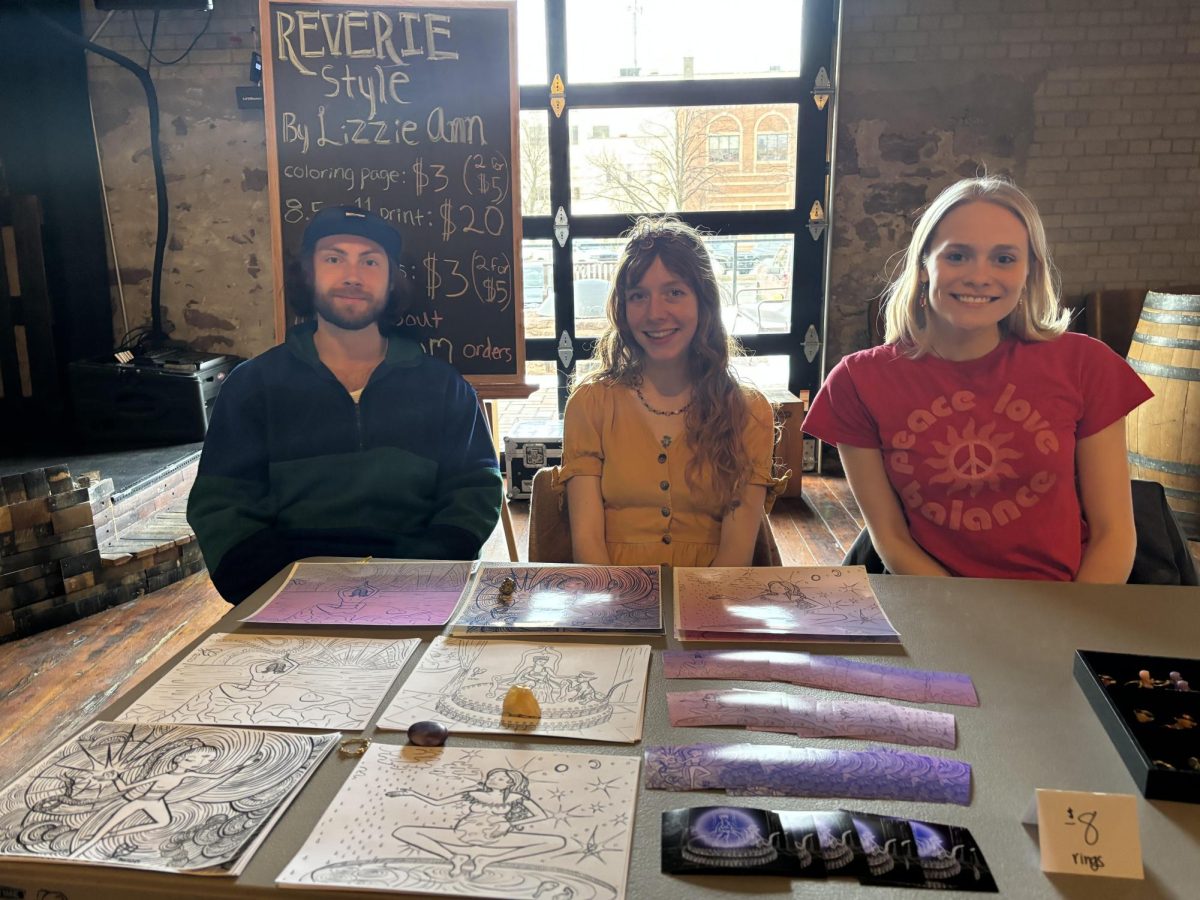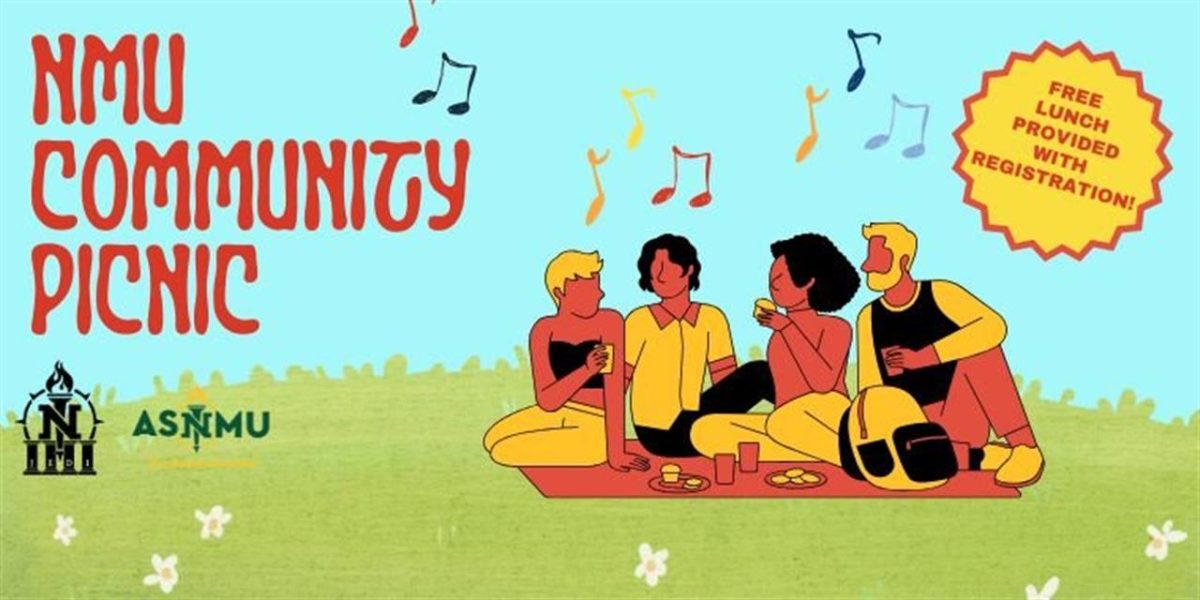Over the summer, an event occurred that rocked the internet and still is lingering in our culture. A tragic accident which, at first, was met with grief and anger has become a defining moment of 2016.
You’d have to be living under a rock to have never heard of Harambe, the gorilla who was launched into a strange sort of martyrdom that could only occur in the Information Age after he was shot and killed at the Cincinnati Zoo when a small child fell into his habitat.
Message boards all over erupted in outrage after the news broke out. Some blamed the mother of the child, other people blamed the zoo, and a good chunk of comments argued that Harambe was protecting the child and didn’t deserve what he received. I really didn’t know what to think.
All I saw was enormous amounts of people with misguided anger arguing for the sake of arguing.
I figured all the attention would blow over in a week or two and Harambe the gorilla would be a distant memory. But as time went on, so did talk about Harambe. It was as if leftover energy from angry commenters started to evolve into something even more prevalent and powerful on the internet: memes.
As debates and arguments faded, they were replaced by memes and jokes about the whole incident. On Aug. 23, CNN reported that the Cincinnati Zoo deleted their Twitter accounts after being bombarded for weeks with memes, jokes and protests against the death of the gorilla.
At first glance, this response seems juvenile and stupid. And in a way it is. But there is more to this phenomenon than meets the eye.
The Harambe legend is a saga that is easy for young Americans to get behind. Harambe is a symbol of innocence and nature who met his unfortunate fate through no fault of his own.
Sarcasm is the primary language of the millennial, and social media is our platform. In a world where negative comments and angry reactions are flung around like hotcakes, this bizarre protest is honestly welcomed.
Aside from simply memes, many celebrities have been dragging Harambe back into the spotlight. Last Sunday, Minnesota Vikings running back Jerick McKinnon wore cleats featuring Harambe’s face and body and the words “RIP Harambe.” American rapper Young Thug even released a song named after the fallen gorilla.
I’m not sure if I, or anyone for that matter, will ever fully understand Harambe’s meteoric ascent into martyrdom. But whether we like it or not, it’s a very tangible feature of 2016. In this day and age, a meme, tweet or trend can spread and spin out of control like a wildfire. But just because it’s a joke doesn’t mean it’s not rooted in real feelings and concerns.
Sometimes the only way to make sense of something is to find a way put it in terms everyone can understand. And to a generation that thrives on cynicism, sarcasm and comedy, the Harambe phenomenon is something truly unique to the Information Age.


























Michele • Oct 26, 2016 at 10:15 pm
WOW I know we are related but what a good article. Very proud to be your aunt